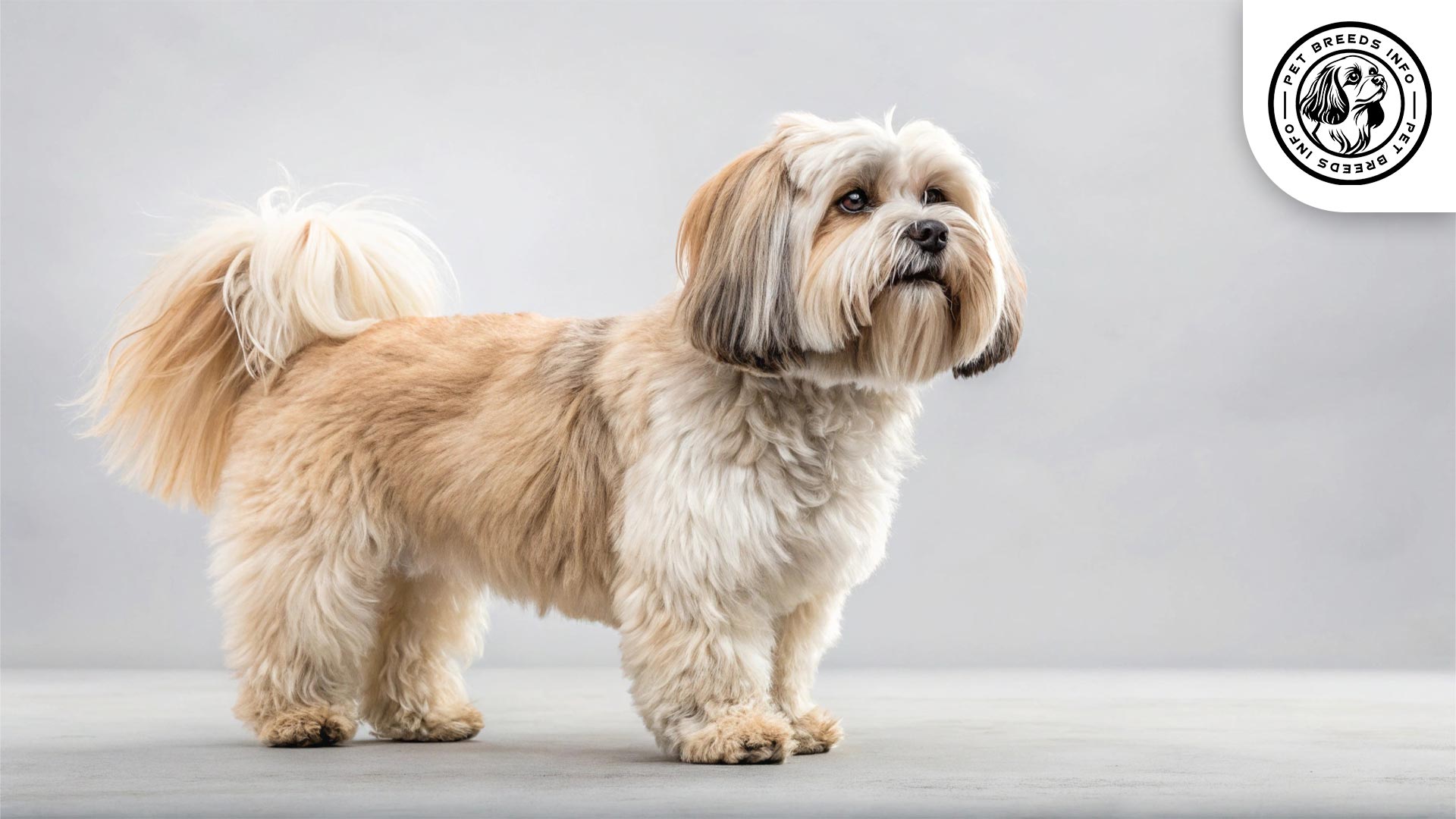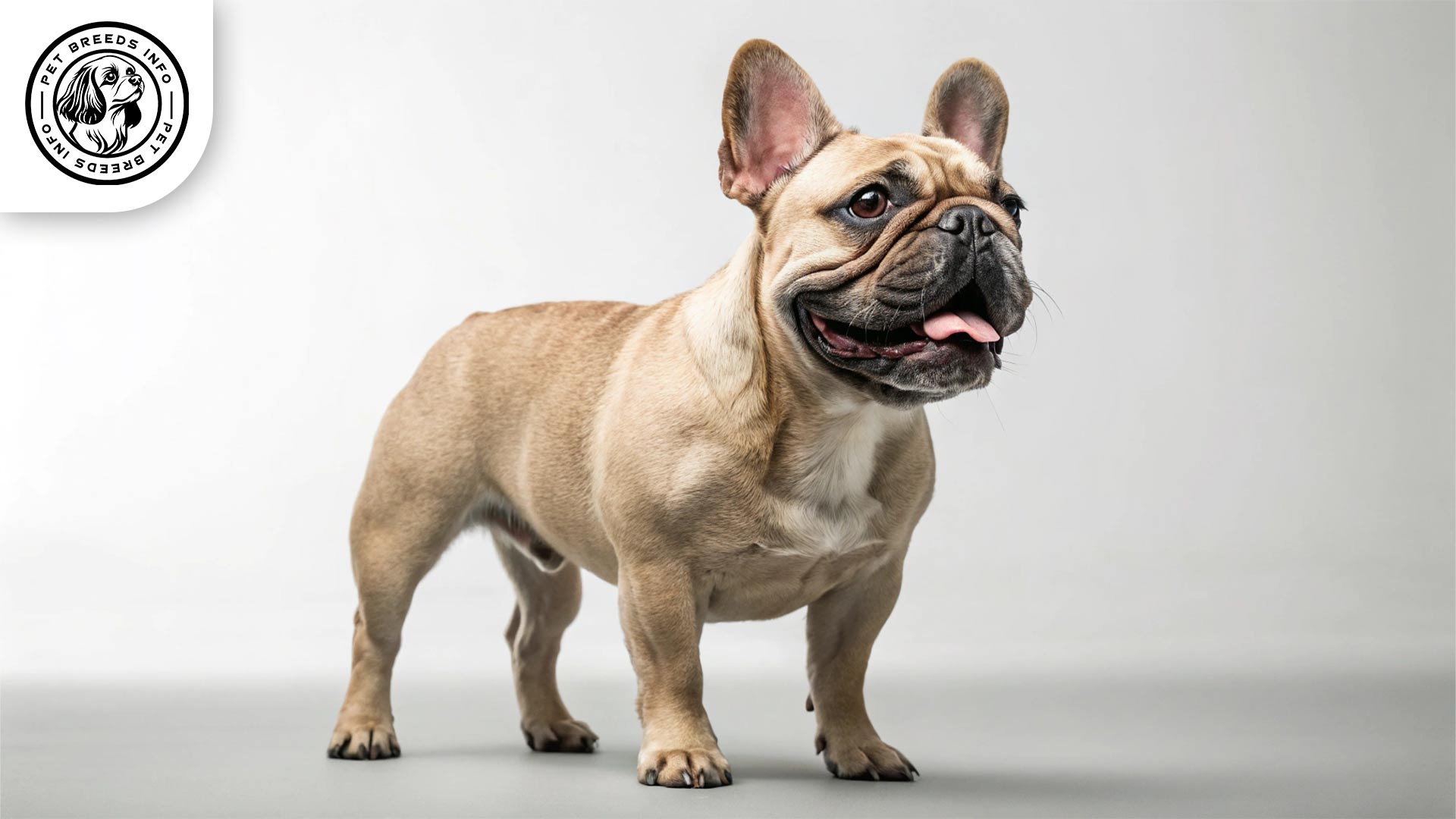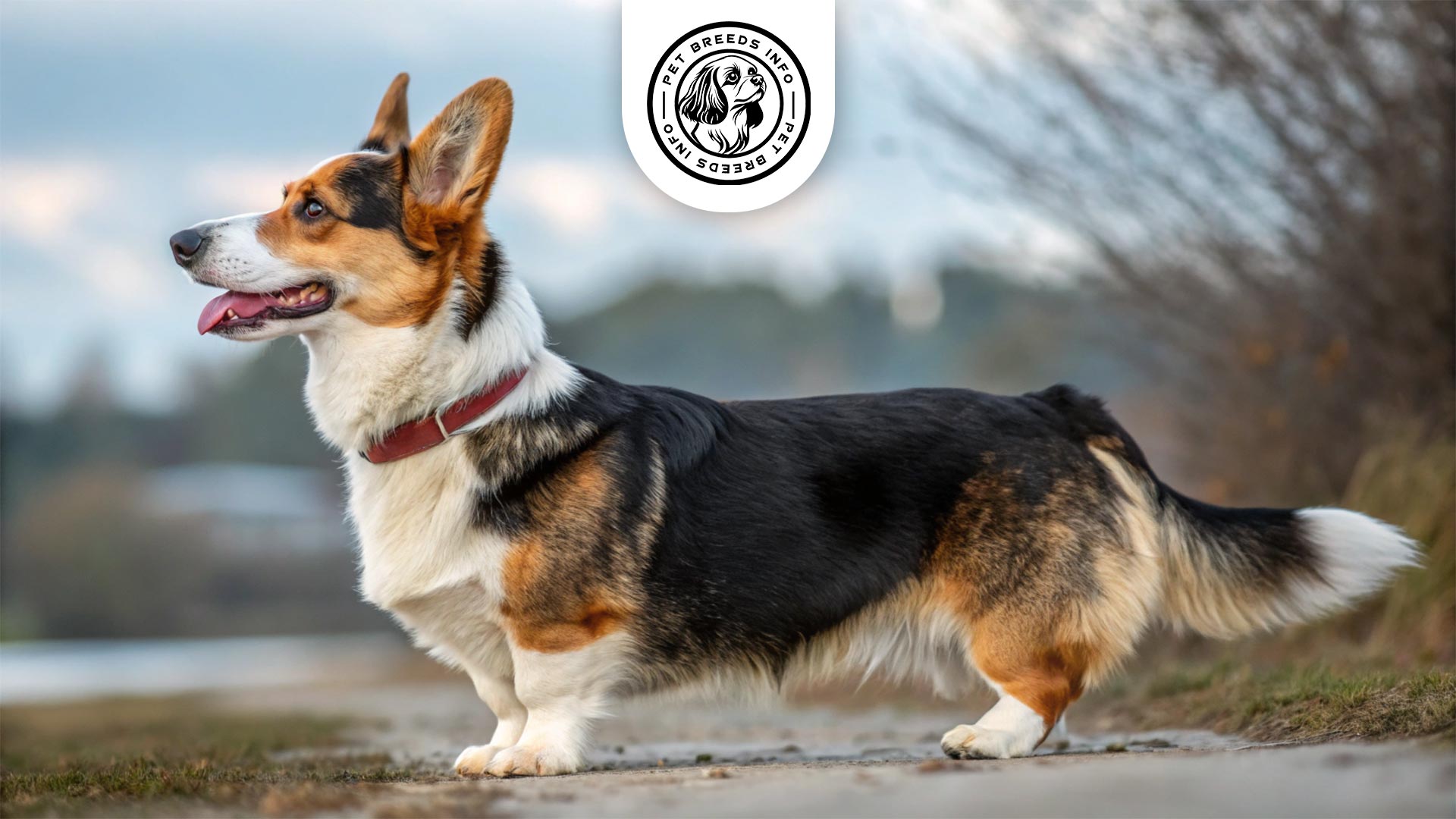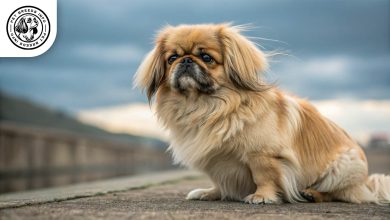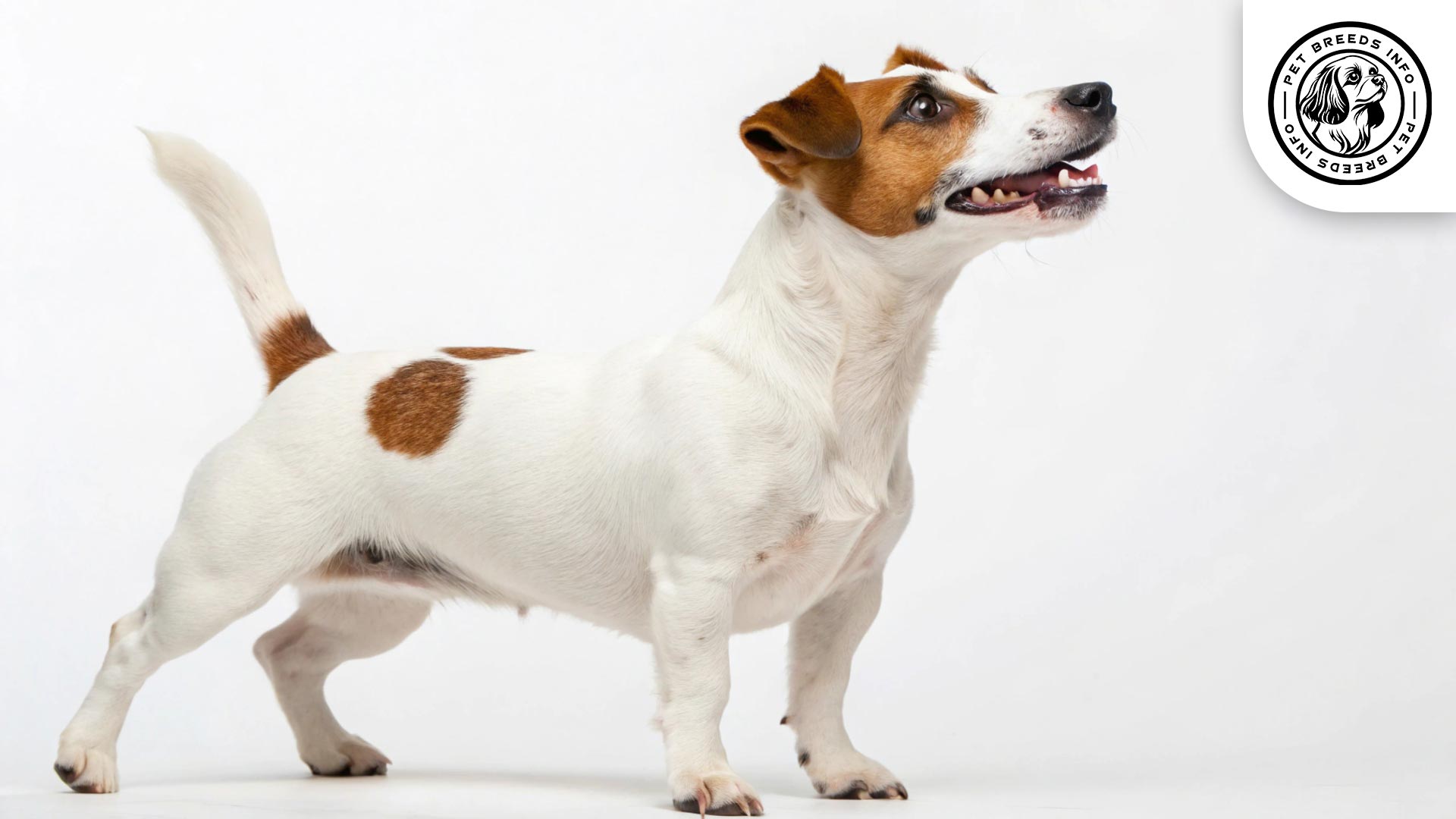Lhasa Apso Dog Breed: Size, Health, Price & Personality
General Introduction of the Breed
The Lhasa Apso, also known as “ལྷ་ས་སེ་” in Tibetan, is an ancient small breed that originated in Tibet. It was primarily bred as a watchdog in Tibetan monasteries, where its keen sense of hearing and alert nature made it an excellent companion and protector. The breed’s history dates back over a thousand years, and it was once considered a sacred dog, often gifted to monks and nobility.
Table of Contents
| Weight | 12-18 lbs |
| Lifespan | 12-15 years |
| Diet | High-quality kibble, wet, or raw diet |
| Care | Daily brushing, regular grooming |
| Health | Prone to hip dysplasia, PRA, kidney issues |
| Color | Gold, white, black, cream |
| Nature | Loyal, independent, wary of strangers |
| Price | $500 – $2,000 |
Physical Characteristics
The Lhasa Apso is a small breed with a sturdy and well-balanced body. Males typically stand 10-11 inches (25-28 cm) tall and weigh between 12-18 pounds (5-8 kg), while females are slightly smaller.
This breed has a long, dense, and flowing double coat that helps protect it from harsh weather. Common coat colors include gold, white, black, brown, cream, and a combination of these shades.
The Lhasa Apso has dark, oval-shaped eyes that give it an expressive and intelligent look. Its ears are pendant-shaped, hanging close to the sides of its head, and are often covered with long hair. The tail is high-set, curled over the back, and well-feathered.
Distinctive physical traits of the Lhasa Apso include its short, slightly pushed-in muzzle, luxurious coat, and an alert but friendly expression.
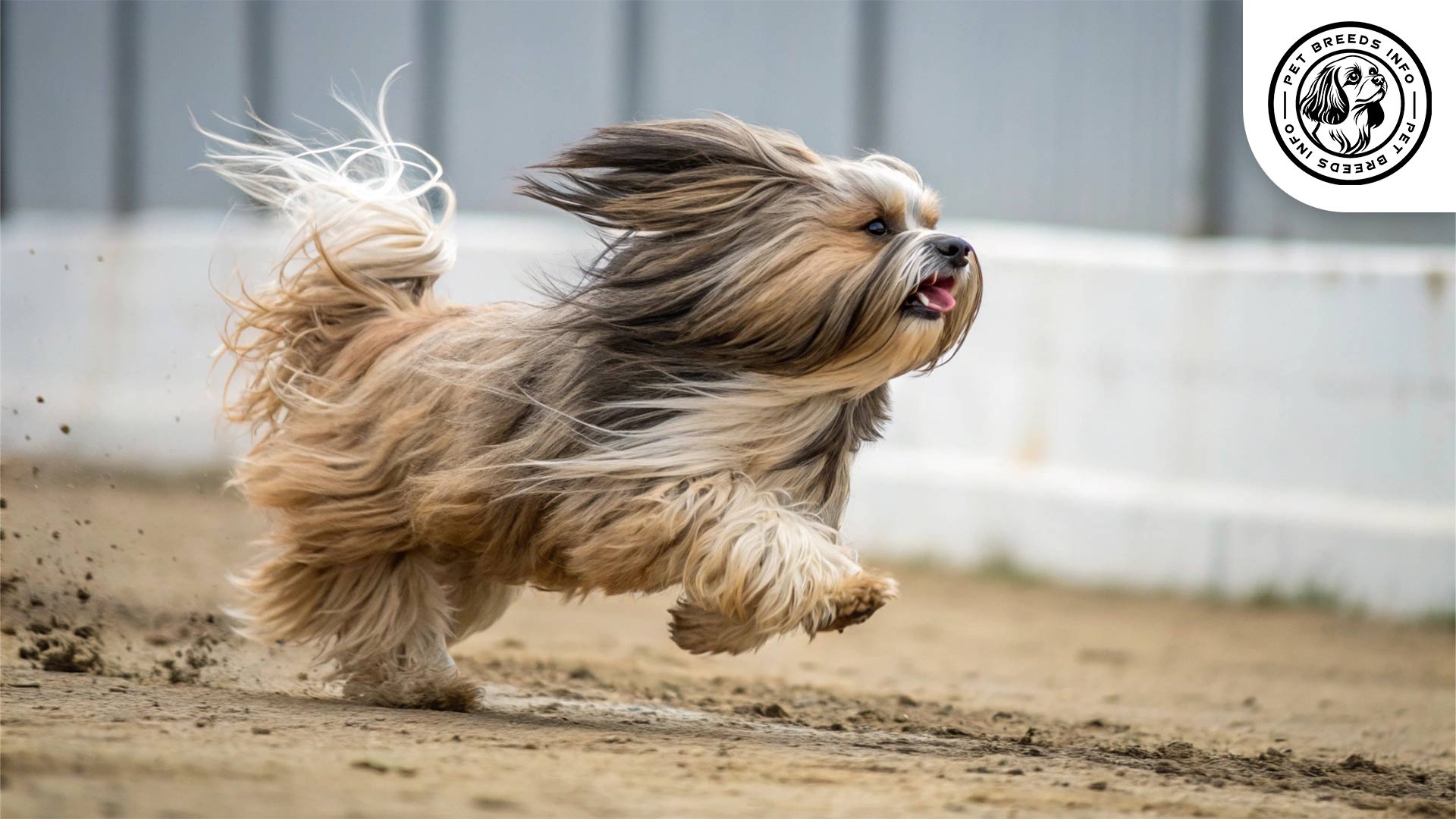
Personality and Temperament
The Lhasa Apso is an intelligent breed that learns quickly but can sometimes be independent and stubborn. Training requires patience and consistency.
Despite its small size, this breed has a moderate energy level and enjoys playing and exploring. Daily walks and short play sessions are sufficient for its exercise needs.
The Lhasa Apso is deeply attached to its owners and forms a strong bond with them. However, it can be reserved around strangers.
Socially, this breed gets along well with family members, including children, though early socialization is recommended. It may be wary of other pets, especially if not introduced properly.
While it is not a hunting breed, the Lhasa Apso has a playful and curious nature. It can be sensitive to environmental changes, making it important to provide a stable and comfortable home.
Care and Maintenance Requirements
The Lhasa Apso needs regular exercise but can adapt well to both apartments and larger homes. A daily walk and playtime indoors should be sufficient.
This breed requires significant grooming due to its long coat. Daily brushing is recommended to prevent tangles and matting, and regular trims help maintain its beautiful appearance.
The Lhasa Apso is sensitive to extreme temperatures, especially heat, due to its dense coat. Ensuring proper indoor cooling in warm climates is essential.
Proper hygiene includes routine bathing every 2-4 weeks, regular nail trimming, ear cleaning to avoid infections, and consistent dental care to prevent gum issues.
Diet and Nutrition
The Lhasa Apso thrives on a high-quality diet, whether dry, wet, or a raw food diet that meets its nutritional needs. Balanced meals with protein, healthy fats, and essential nutrients are ideal.
Read More: Labrador Retriever Dog
Avoid feeding this breed toxic foods such as chocolate, grapes, onions, and excessively fatty or spicy foods. Processed human foods should also be avoided.
Portion control is crucial to prevent obesity. An adult Lhasa Apso typically requires two measured meals per day based on size, age, and activity level.
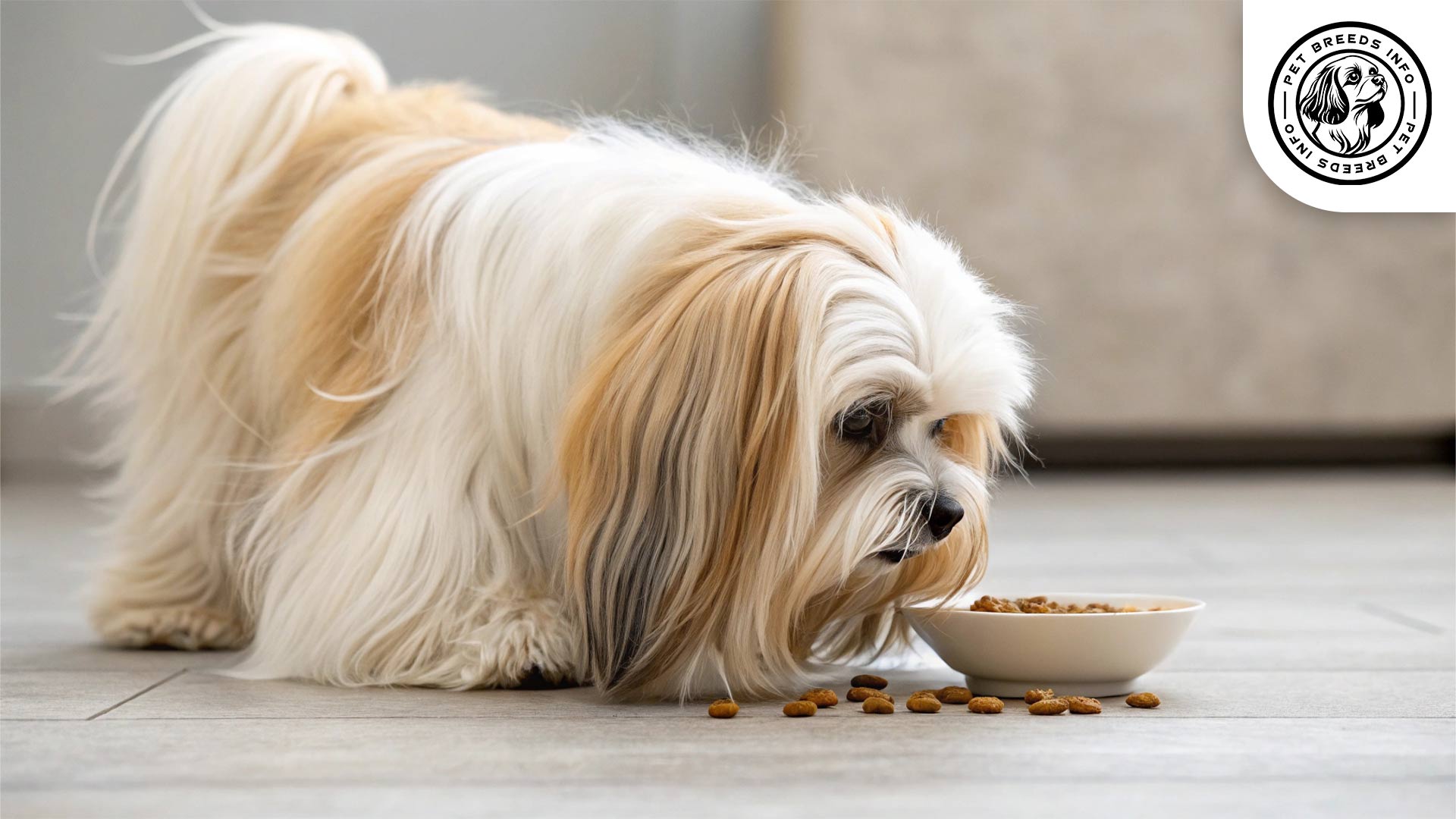
Health and Common Medical Issues
Common health concerns for the Lhasa Apso include hip dysplasia, patellar luxation, progressive retinal atrophy (PRA), and kidney issues. Regular vet visits can help monitor these conditions.
This breed is prone to respiratory sensitivities due to its short muzzle, and proper care should be taken in hot weather.
The average lifespan of a Lhasa Apso is 12-15 years, with proper care contributing to a long and healthy life.
Regular vaccinations, flea and tick prevention, and annual health check-ups are essential for overall well-being.
Training and Behavior Management
The Lhasa Apso is moderately easy to train but may display independent and stubborn behavior. Early training should focus on obedience and socialization.
Consistency, reward-based positive reinforcement, and patience are key training methods.
Early exposure to various experiences, people, and environments will help prevent nervousness or excessive wariness.
Read More: Kuvasz Dog
Crate training and housebreaking should begin at an early stage for best results.
Interaction with Other Animals and Humans
The Lhasa Apso is affectionate with family members but may take time to warm up to strangers. Proper socialization is vital for a well-rounded temperament.
It generally does well with children but is better suited for older kids who understand how to handle small dogs properly.
Its interactions with other pets depend on early exposure and training. It typically coexists well with dogs and cats if introduced properly.
This breed is ideal for singles, families, or seniors who can provide companionship without excessive rough play.
While it enjoys companionship, the Lhasa Apso is relatively independent and can stay alone for moderate periods with proper training.
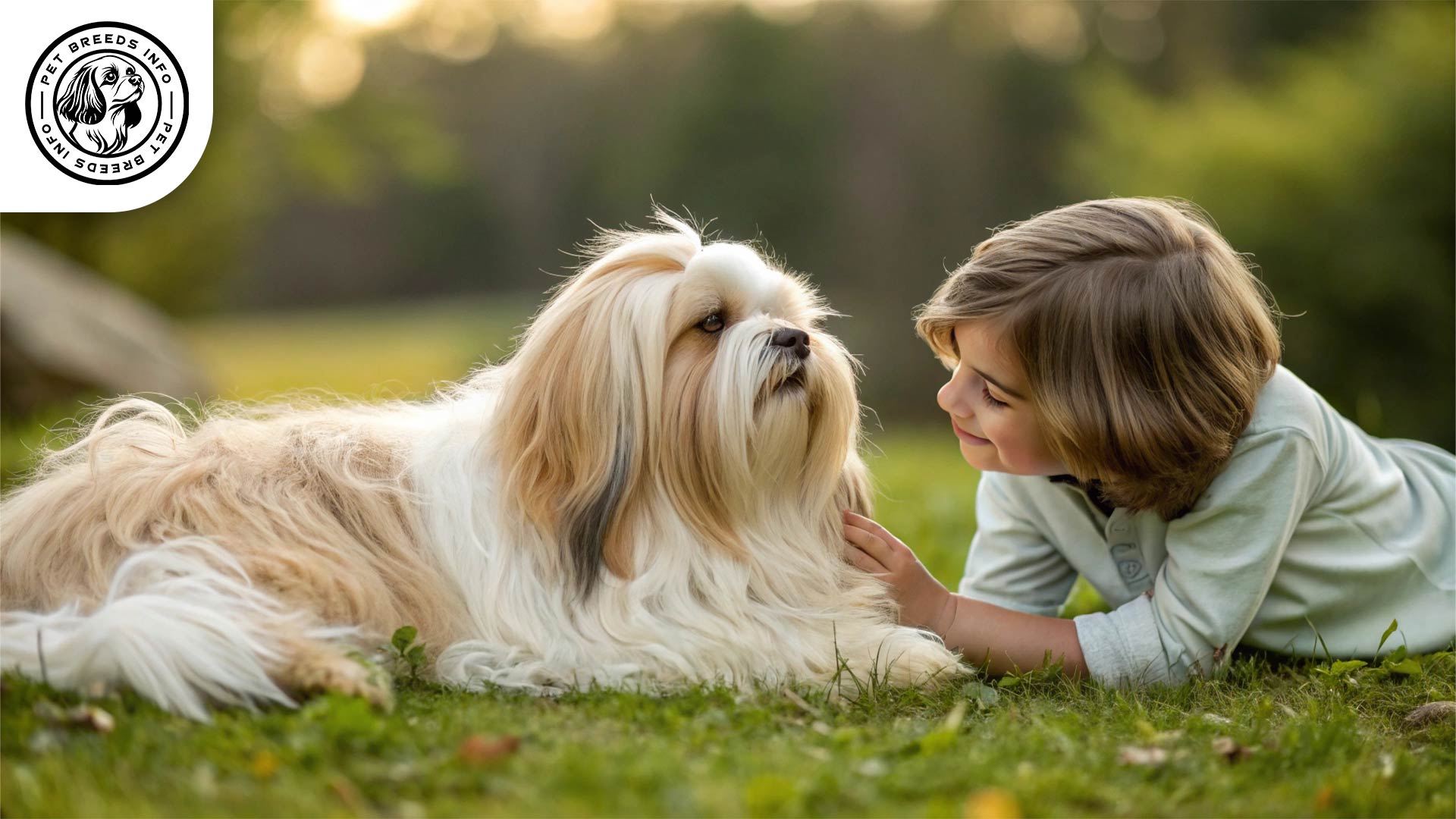
Price and Availability
The price of a Lhasa Apso puppy varies depending on breeder reputation, location, and lineage. On average, it ranges from $500 to $2,000.
When purchasing or adopting a Lhasa Apso, ensure the source is reputable. Responsible breeders provide health screenings and documentation.
Adoption from shelters or breed-specific rescue groups is an ethical and cost-effective option.
Conclusion and Final Thoughts
The Lhasa Apso is a loyal and charming companion, but it is best suited for owners who understand its grooming and training needs.
It thrives in both apartments and larger homes, provided it receives proper mental and physical exercise.
Potential owners should consider its grooming requirements, socialization needs, and independent nature before choosing this breed.
Read More: Komondor Dog
With the right care, training, and attention, the Lhasa Apso makes a loving and devoted pet.
FAQ
Is the Lhasa Apso good for first-time owners?
Yes, but new owners should be prepared for regular grooming and consistent training.
Can a Lhasa Apso live in an apartment?
Yes, it adapts well to apartment living as long as it receives daily exercise and mental stimulation.
Does it get along with children and other pets?
It does well with older children who respect its small size. With proper introductions, it can coexist with other pets.
How much exercise does it need?
Daily walks and indoor play sessions are enough to keep it happy and healthy.
